
Tips on Photographing “Everything Else” on Northern Lights Photo Adventures
Arctic photo adventures offer some of the best ways to consistently photograph the northern lights. However, you are sure to have time throughout the daytime hours to capture a wondrous assortment of “other” photos!
To many, these additional arctic winter photo opportunities can be as rewarding and enjoyable as the aurora itself, so be sure to study up on the tips and techniques below to be ready for the full suite of photos possible during arctic winter photo adventures.
Snowy Landscapes
As you can imagine, wintertime in the arctic can look like a wonderland. This is especially true of arctic areas that have notably drier climates, where snow can drift and create mesmerizing formations, like Churchill, Canada.
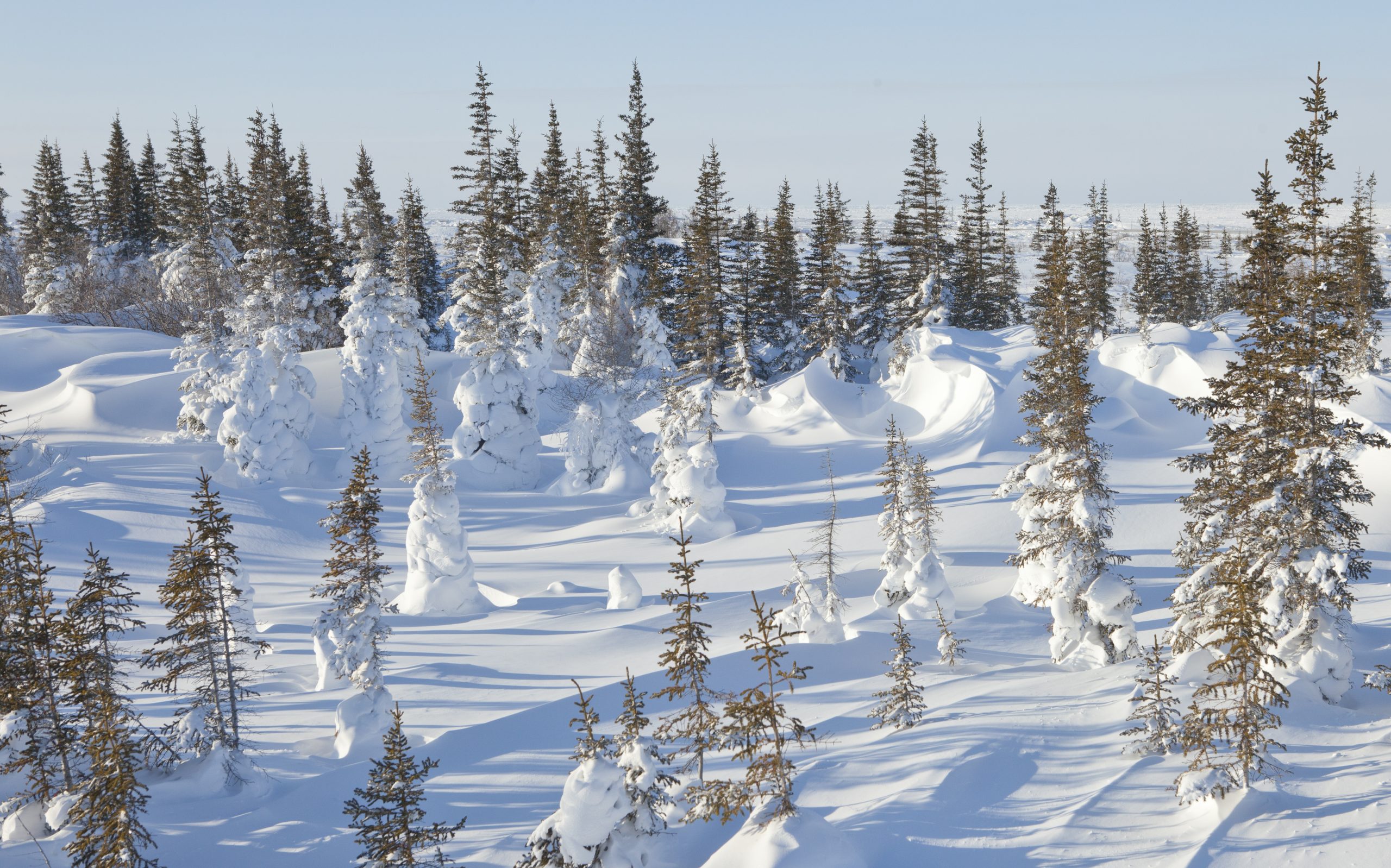
Techniques for capturing these beautiful snow “sculptures” come down to a few basic elements.
First, you’ll want to get your exposure correct in-camera. When you have a landscape dominantly bright white, your camera will automatically dim the exposure because it is aiming for an “even” exposure of 18% gray. To compensate for this, I recommend you use your exposure compensation settings to overexpose your shot slightly, to help bring out the true white tones.
Overexposing by 1/3 or 2/3s of a stop is usually a sweet spot to help get the shot correct in-camera, and then using post-processing in lightroom (or photoshop) for any minute exposure corrections from there.
Next, don’t feel like you’re bound to “normal” photos of snowy landscapes. While beautiful views of pillowy snow beneath blue skies in perfect rule-of-thirds composition is great, the formations of snow on landscapes can lend themselves to abstract compositions, too.

Use the curvature of the snow to create interesting leading lines in your photos and think beyond the traditional photo. The drifting snow can really create stunning lighting conditions, too. Oftentimes these are the kind of photos that make the most powerful impression to the viewer, as they are big, dominant, unique, and striking.
Harnessing Arctic Light
Sunlight in the arctic during winter is golden—both literally and metaphorically. Because of the angle of light and the fact that the sun never gets too high above the horizon, you usually get soft, angled light for the majority of the day. This is a photographer’s dream!
As a result, you can take wonderfully lit, classic landscape and travel photos throughout the day, instead of just concentrating on the morning and evening hours like most temperate environments.
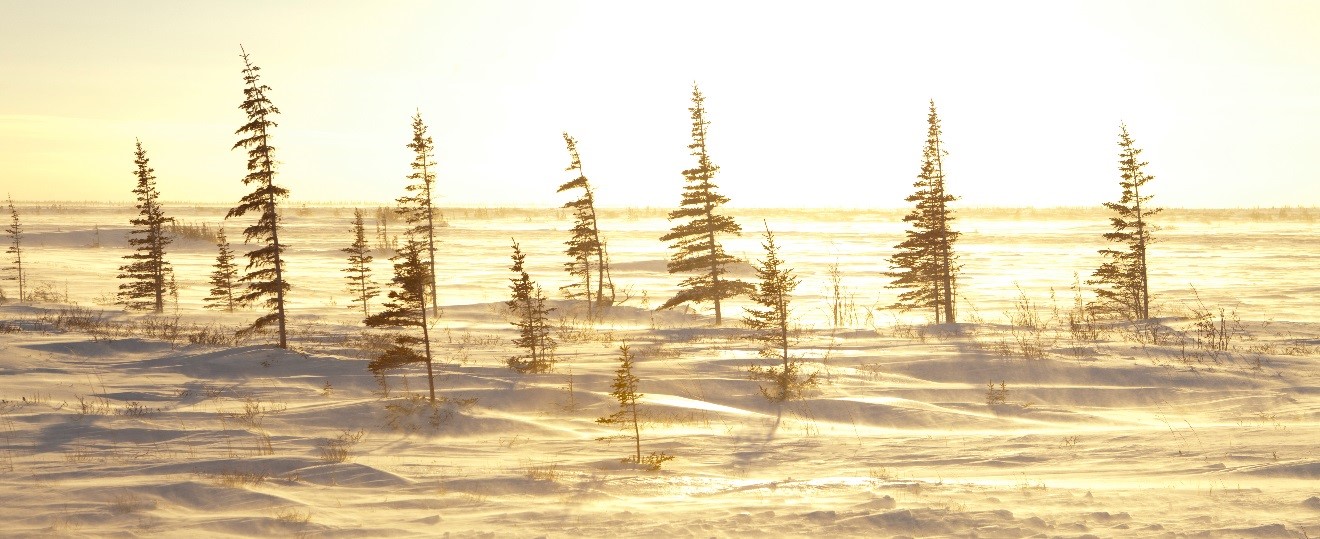
To help draw attention to the glorious light you’re likely to encounter, consider using white balance to your advantage to inject intriguing warm or cool hues into your shot. This is very much like warming and cooling filters from back in the day. Now, we have white balance and photoshop to create these captivating moods!
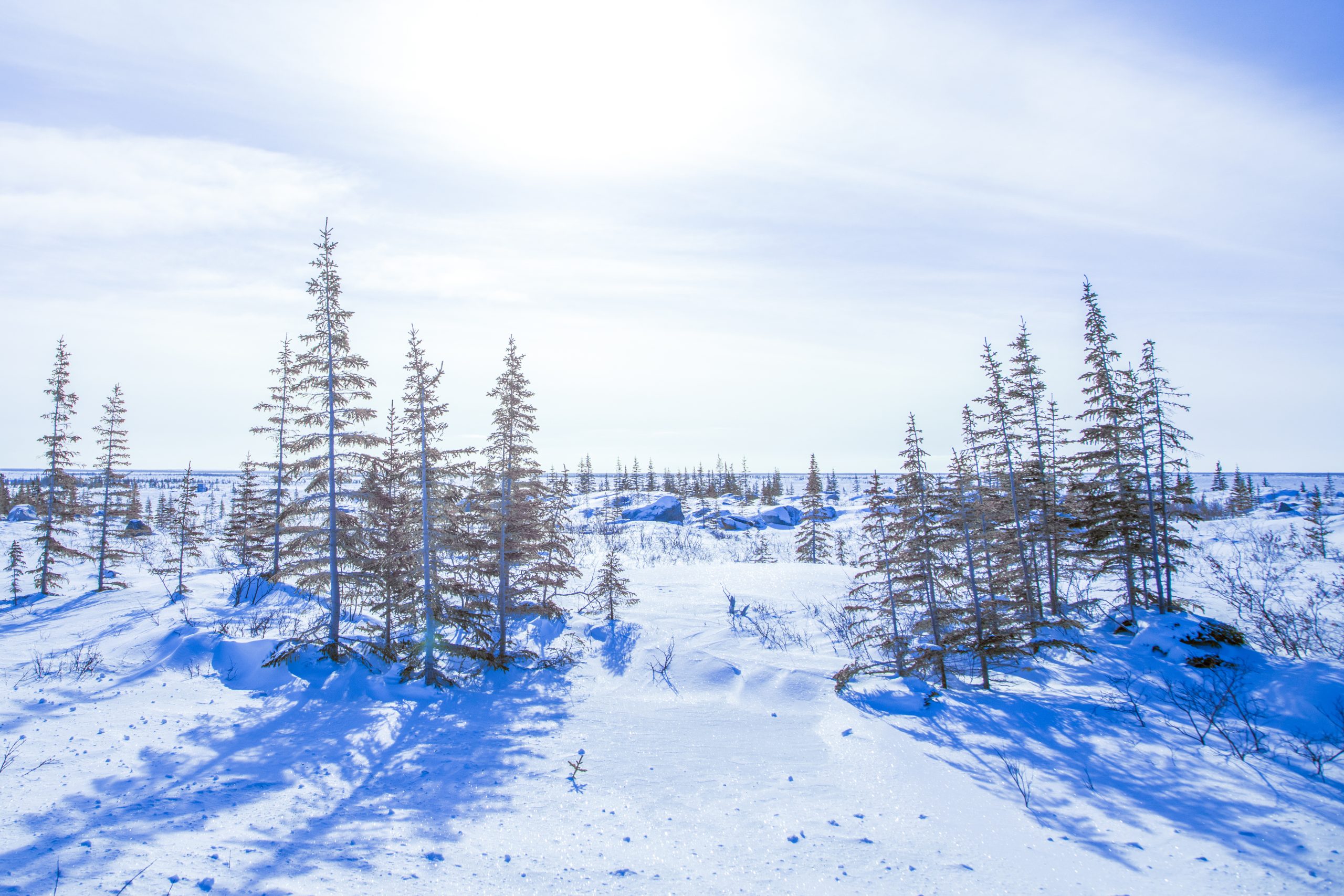
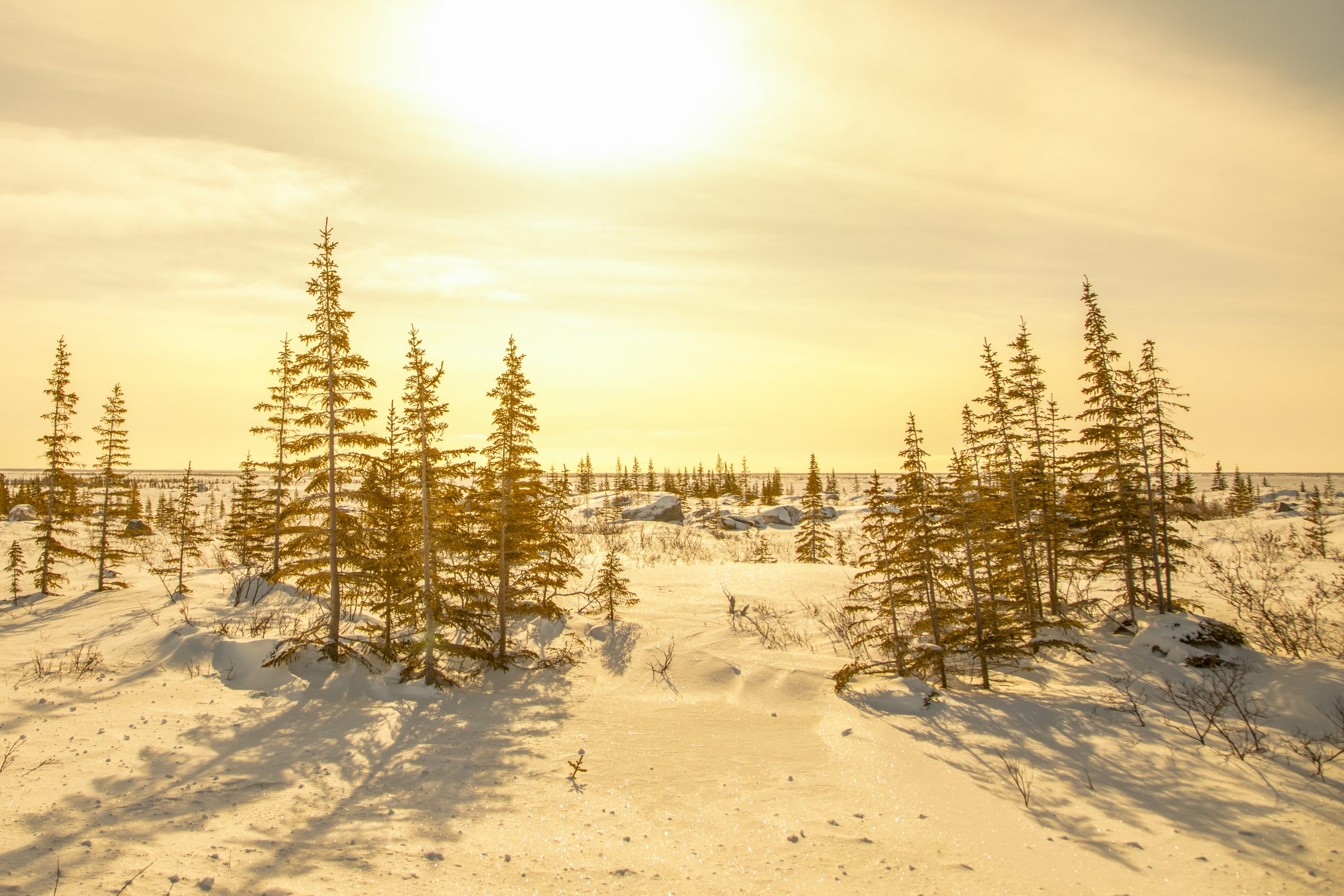
While these two photos look dramatically different, they are indeed taken in the same place at the same time of day. The only difference is that the first is taken with daylight white balance and the second is with cloudy white balance.
Daylight = more blue and Cloudy = more yellow.
Blue = a cool, icy look and Yellow = a warmer, ethereal look.
You can indeed make these edits in lightroom or photoshop after you take the photo, but I tend to find that making these adjustments in-camera keeps me on track and more likely to test different white balances, vs. manipulating on the computer.
Chance Wildlife
Wildlife sightings in the dead of winter are anything but guaranteed. However, some arctic denizens like arctic fox, arctic hare, and even red fox and potentially silver fox (a black and silver morph of a red fox) can be seen darting around the tundra as well as arctic outpost towns like Churchill.
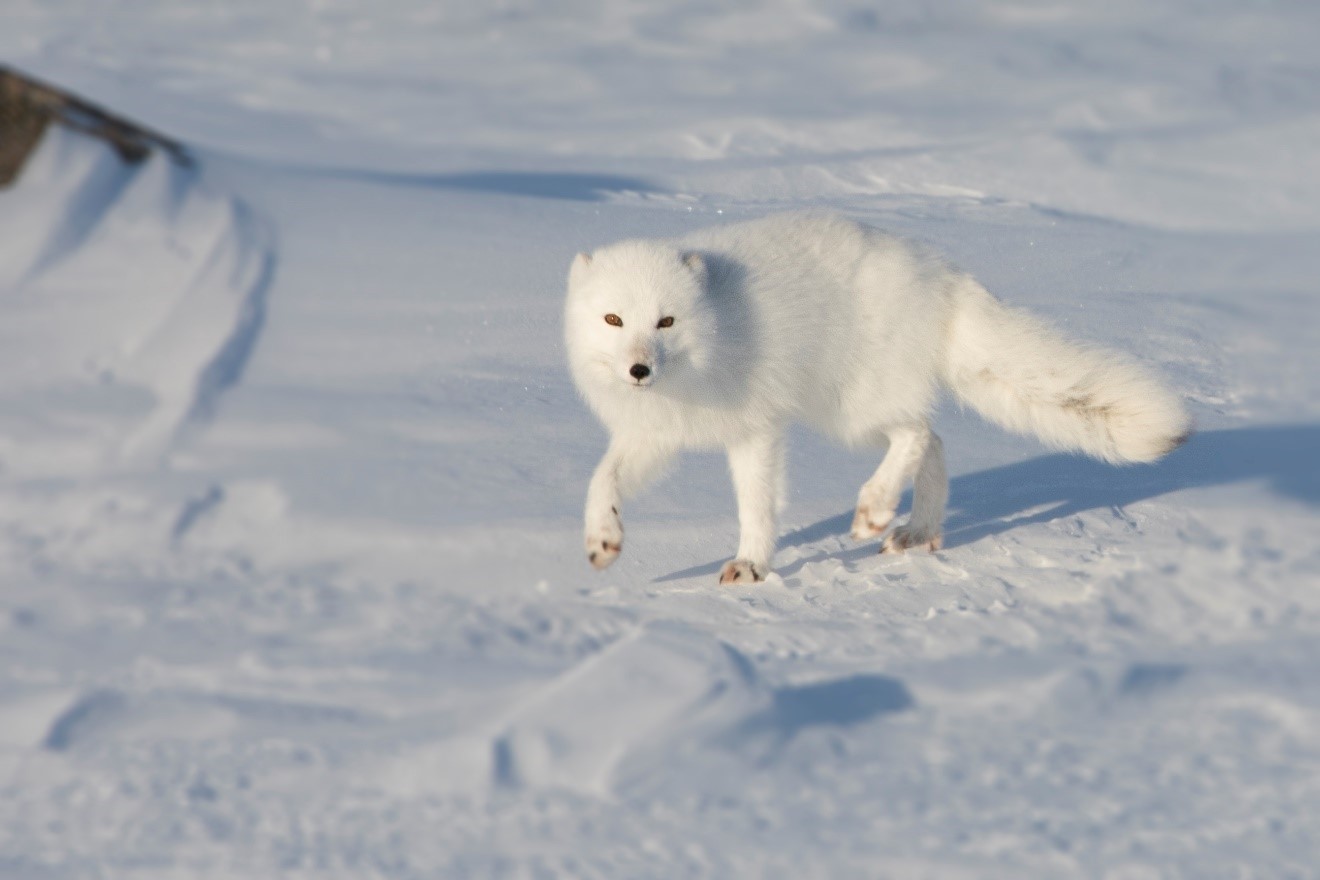
The trick to capturing these chance moments? Be absolutely ready.
What this means is that during those moments when you are more likely to see glimpses of wildlife, you should have your camera settings (and proper lens) ready.
What I recommend is that if you choose to bring a telephoto lens (even a 70-200mm), change to this lens each time you are driving from point to point or on walks through town, as these are the times when you have slightly higher odds. If you do see something, you’ll be at the ready and can perhaps fire off a few photos while everyone else is scrambling to change lenses or dial in wildlife photo settings (nothing fancy, but an f/5.6 and 1/500th of a second is good for starters).

Now, I want to emphasize again that wildlife in the winter is tough to see, and not every trip will see a fox—that’s for sure. However, in those times when your camera has no other job to do (i.e., you aren’t photographing landscapes or waiting for aurora to appear) slapping a telephoto on and feeling lucky is a great approach.
Culture and Travel
There are so many captivating attributes to life in the north. Whether it’s the preponderance of snow machines used for grocery runs, sled dogs eagerly awaiting their favorite part of the day (running!) or traditional Inuit totems or structure like inukshuks, travel and cultural photos abound.
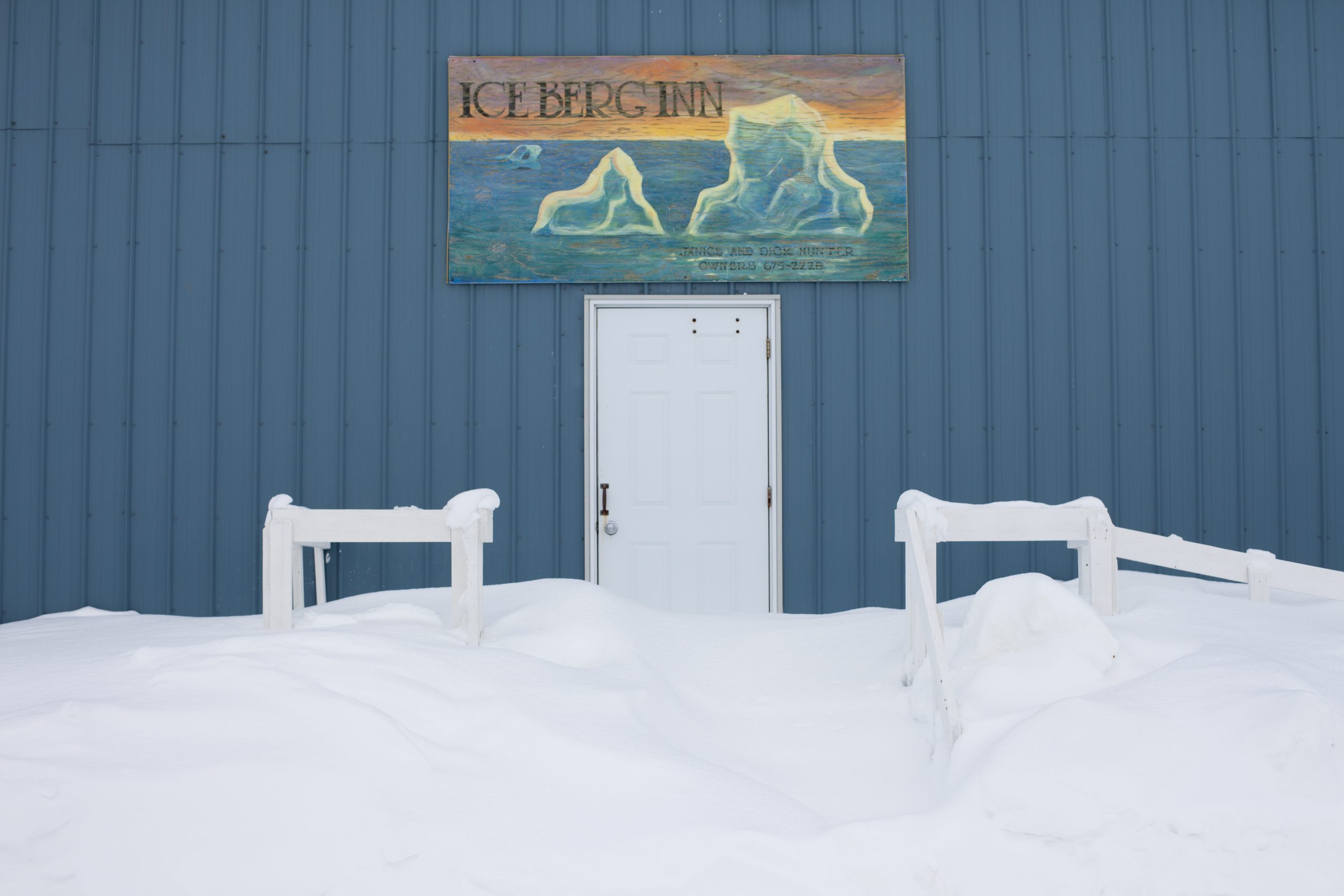
The trick to capturing these is of course making sure you have your camera with you at all times. You’ll have to balance the above mentioned wildlife opportunities for a “walking around lens” that is better suited to general photography, like a 24-105mm.
As far as settings, I tend to bop back and forth between an very shallow depth of field, and a very big depth of field. Here I’m talking about f/1.4 to f/8 or even f/11. For the f/1.4 shots I’d of course need to use my 50mm nifty fifty f/1.4 lens. However, what I find is that some shots really lend themselves to the mystique and allure of a shallow DoF, while other shots just need to have everything in focus to really make them shine.
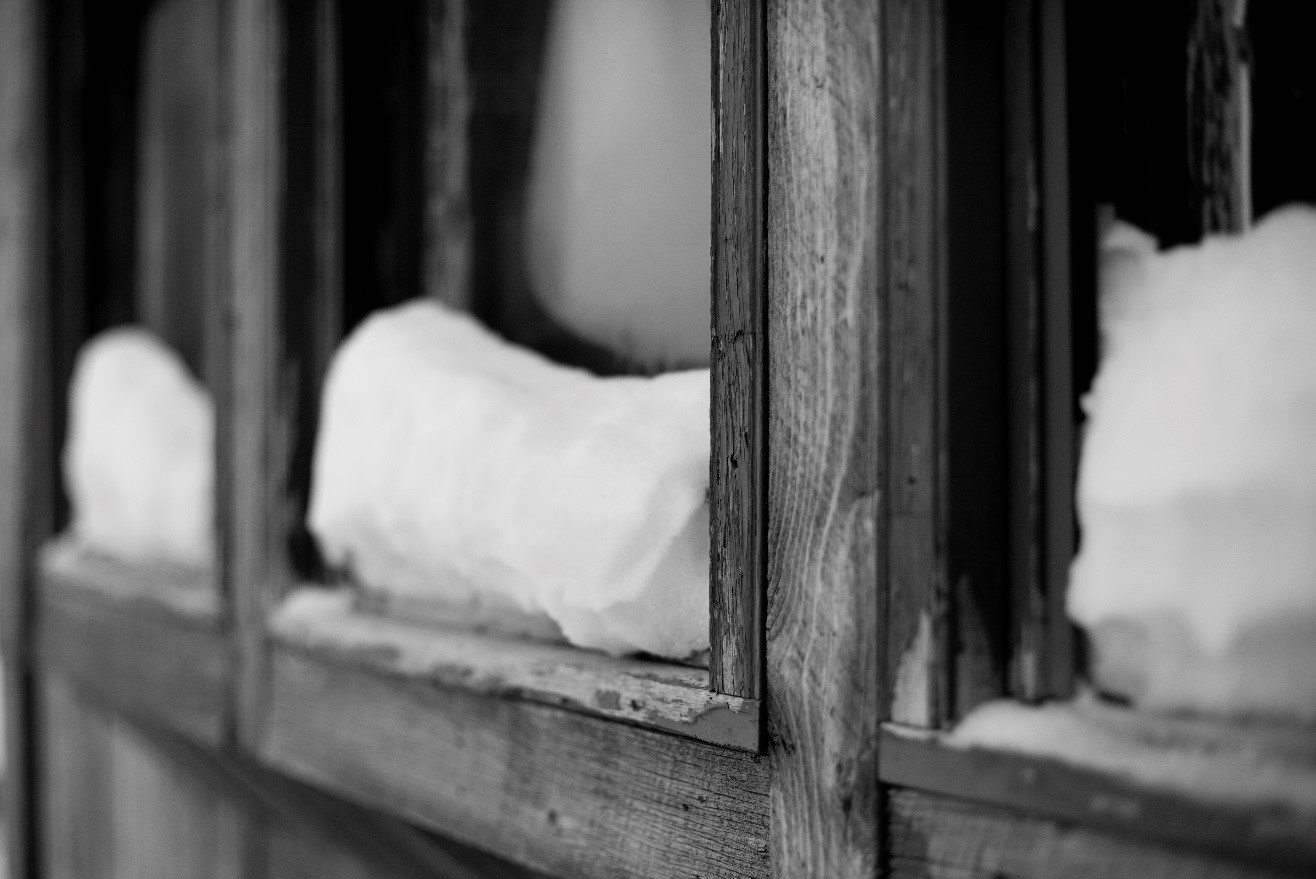
These types of travel photos are where I recommend you just keep taking photos. Oftentimes, especially on an arctic photo trip where you are immersed in the landscape for some time, it’s easy to become saturated by the landscape and forget about how unique and once-in-a-lifetime these photo opportunities are.
Take photos of buildings, railings, windows, trees, street scenes, people walking, vehicles driving, and you’ll have a wide assortment of photos to choose from when you get back home.
Night photos without aurora
Believe it or not, you can still get some cool night photos even when the aurora isn’t shining brightly! Fortunately, places like Churchill, Canada experience over 300 nights of aurora each year, so your chances are quite high for success. Nevertheless, on those nights when the aurora just doesn’t want to come out, or clouds obscure your view, it’s worth using that time to practice night photography in general.
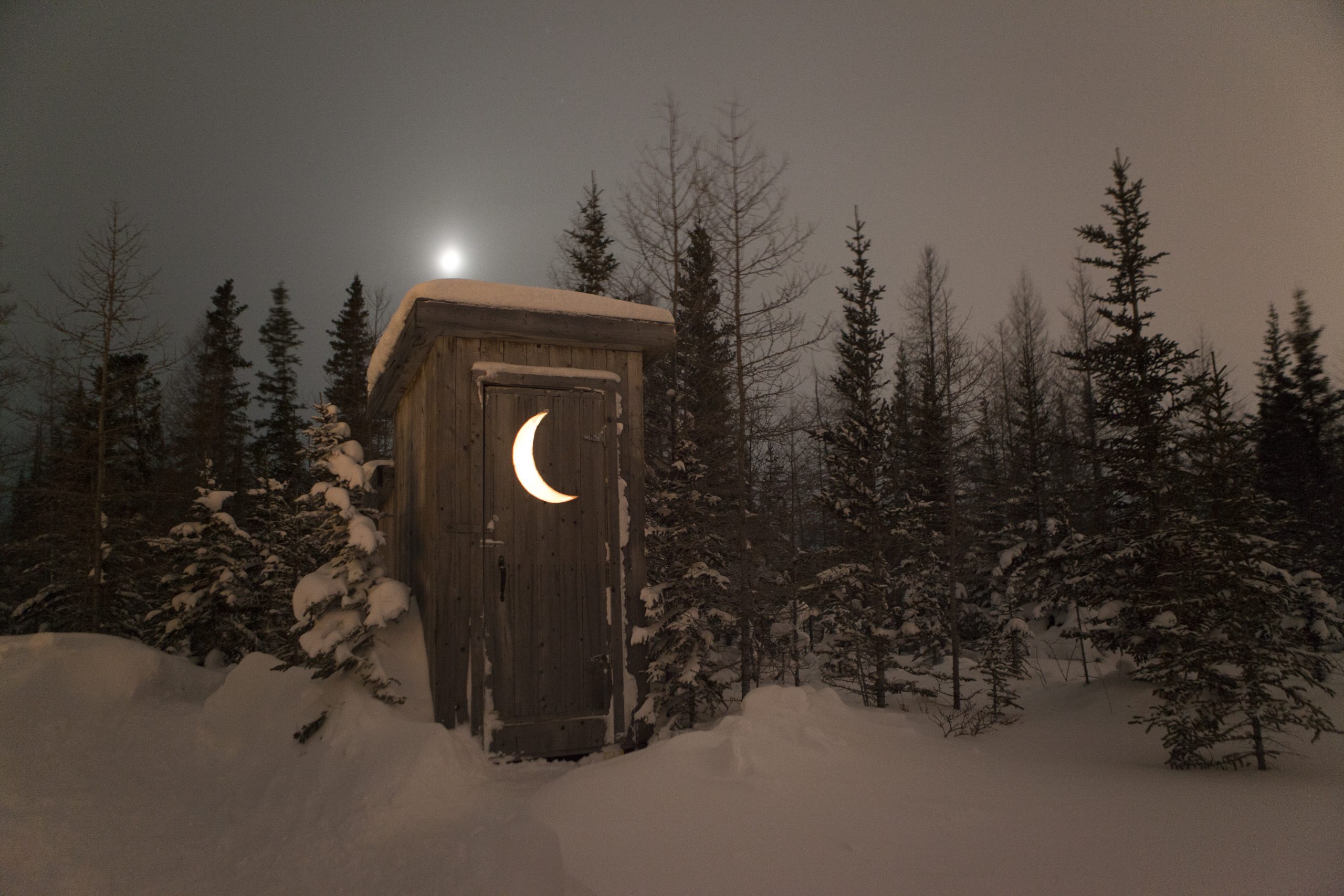
Night photography settings are typically very similar to aurora photography, in that you want to be at something around an f/2.8 or f/4, around 5 to 15 seconds for exposure, and a starting ISO around 1600. Keep in mind you may need to adjust the ISO higher or lower depending on how much ambient light is available.
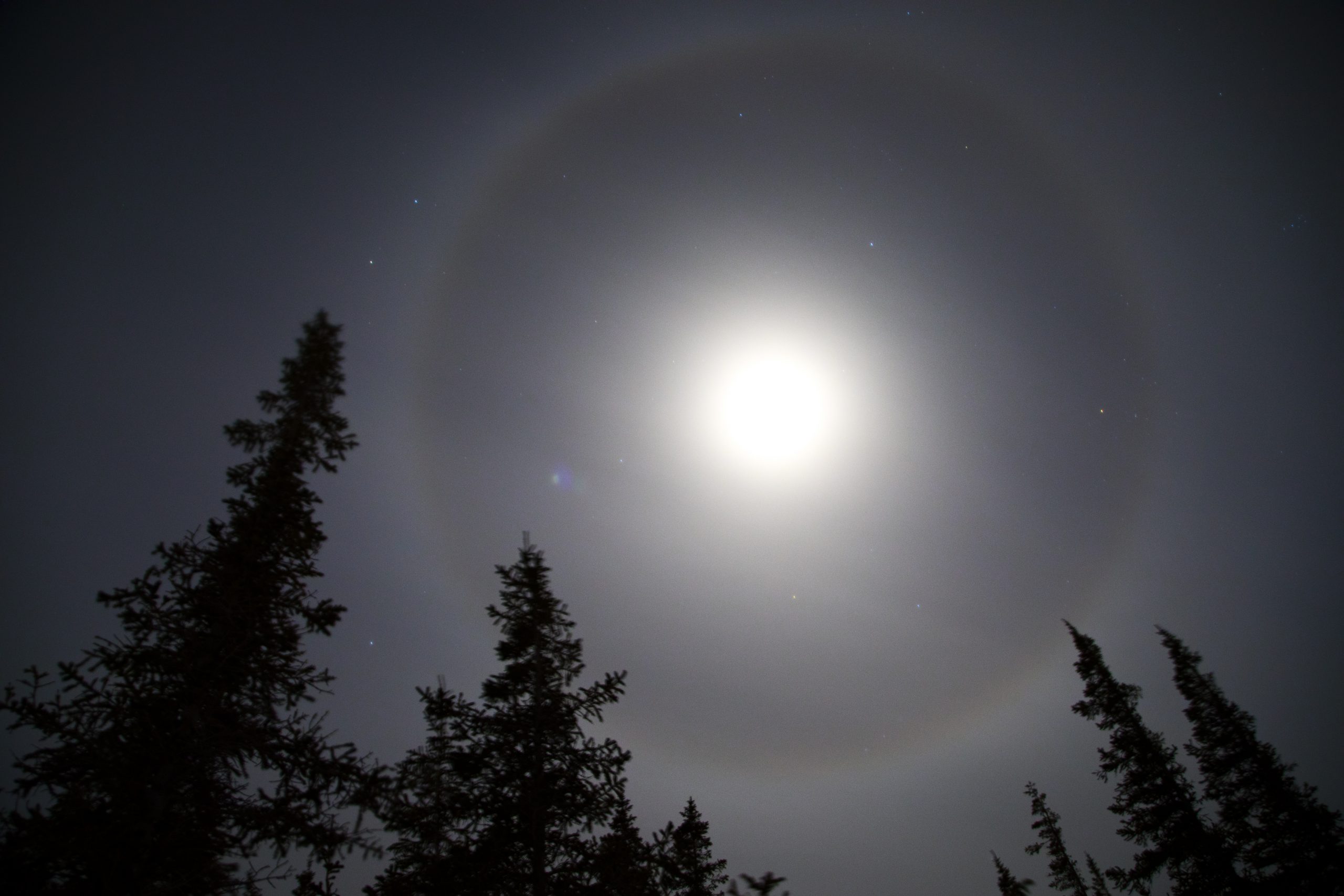
A key thing for night photography, especially when there is no aurora (although this technique is equally valuable for aurora photos, too) is to include a key subject in your shot. Oftentimes people are the best subject to include, but if none are around or you’re feeling extra creative, try finding iconic structures or landscapes to include in your photos. Or, perhaps the moon is visible and you can see the faint “rainbow” that appears when high altitude ice crystals are airborne.
As a rule of thumb, my advice is to err on the side of a tad too dark vs. too bright. Night scenes are meant to be dark, so underexposing your shots is better than blowing out the lights or bright spots in your scene.
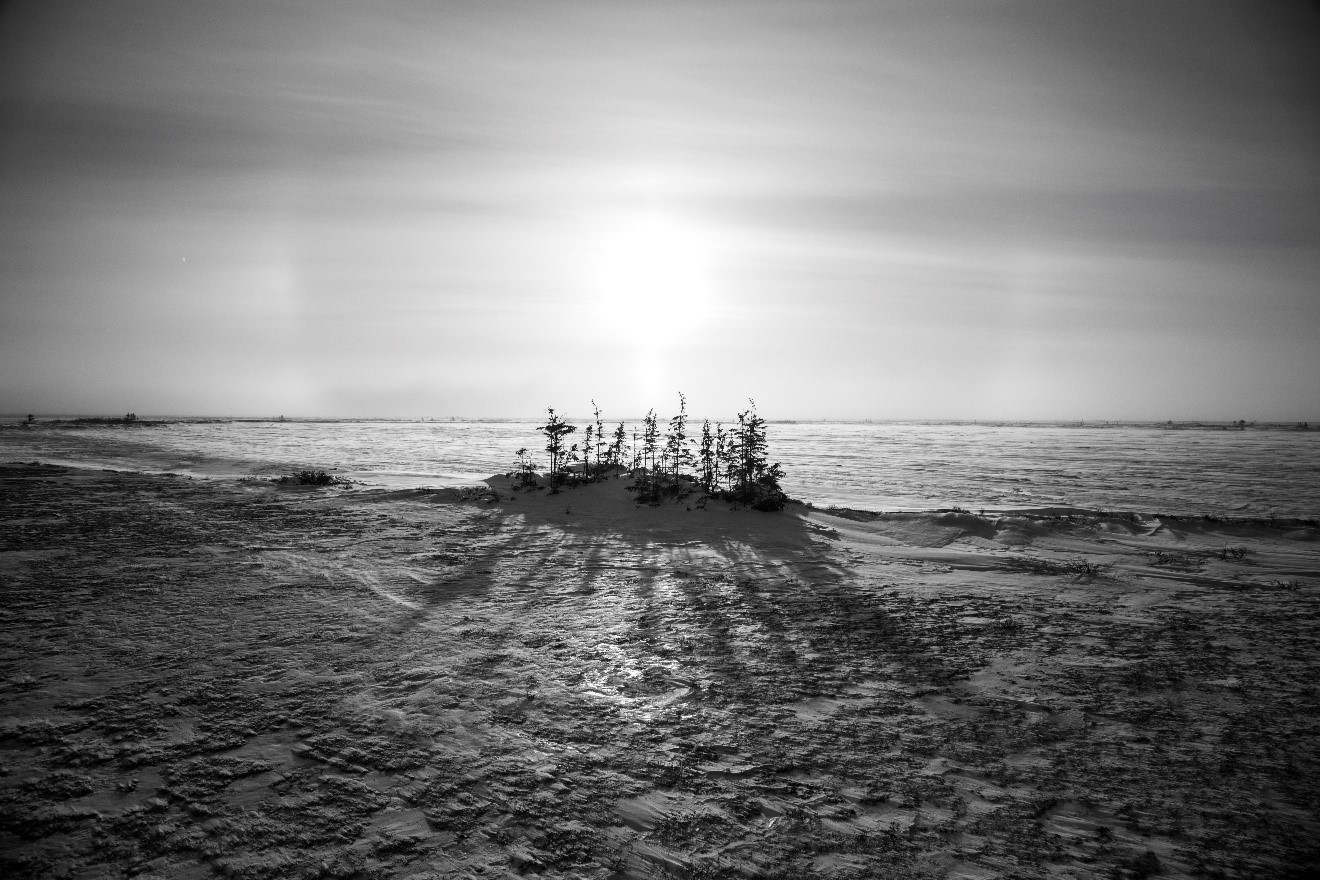
As you can hopefully tell, arctic winter photography can be so much fun and so rewarding. While we of course go to these northern climes primarily as part of Northern Lights Photo Adventures, there is a heck of a lot more to offer for the photographer and you’re likely to return home with an extraordinarily well-rounded portfolio from your adventure.
Cheers,

Court
Leave a reply